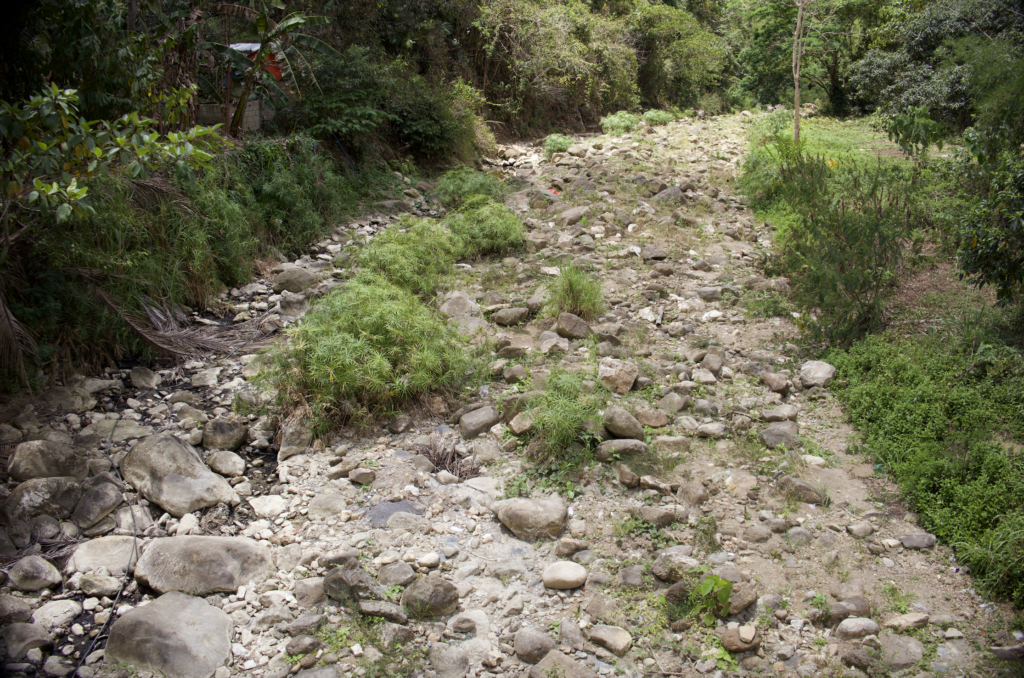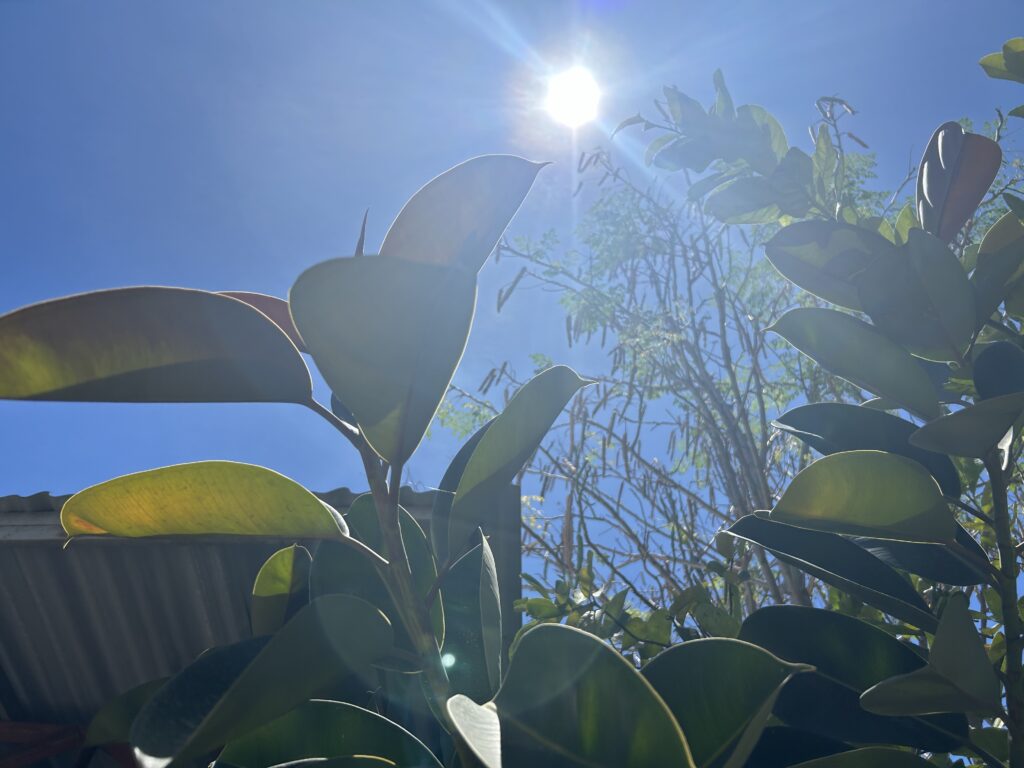
A dried up Cotcot River in Brgy. Adlaon, Cebu City taken on April 18, 2024. | CDN Digital Photo by Christian Dave Cuizon
CEBU CITY, Philippines – Cebu has been experiencing below normal rainfall for half a year already as one of the strongest El Niño phenomena continues to beat down on the island province.
And in April, Cebu virtually had no rains.
Based on data from the Philippine Atmospheric Geophysical and Astronomical Services Administration in Mactan (Pagasa-Mactan), the island only received 3.6 millimeters of rainfall.
It is equivalent to 3.6 liters of water dumped in every square meter of land.
RELATED STORIES
‘Water, water nowhere’: Cebu City farmers reel from ‘worst El Niño’ yet
PH economy seen to accelerate in 2024 but faces high inflation, El Niño-driven risks
Solving the water crisis
April also saw the biggest reduction of rainfall for Cebu, amounting to nearly 94 percent.
Normally, every April, Cebu gets around 55.6 millimeters of rain, according to Jhomer Eclarino, weather specialist at Pagasa-Mactan.
“6.5 percent ra na received from the normal, which is way below normal,” Eclarino said.
Pagasa-Mactan’s latest projections also showed that Cebu will continue to experience below normal rainfall this May. By June, hopefully, the island province will experience near normal rainfall.
Cebu had been struggling this year’s drought, which began last November 2023, the same data from Pagasa-Mactan showed.
Droughts can last for months or even years, and they often result in a deficiency of water resources, such as rivers, lakes, and groundwater, while dry spells are shorter in duration compared to droughts. They can last from a few weeks to a few months.
The World Meteorological Organization (WMO) of the United Nations new secretary-general Celeste Saulo warned that El Niño, which emerged mid-2023, is likely to turn up the heat even further in 2024. / with reports from Philippine Daily Inquirer, Agence-France Presse


